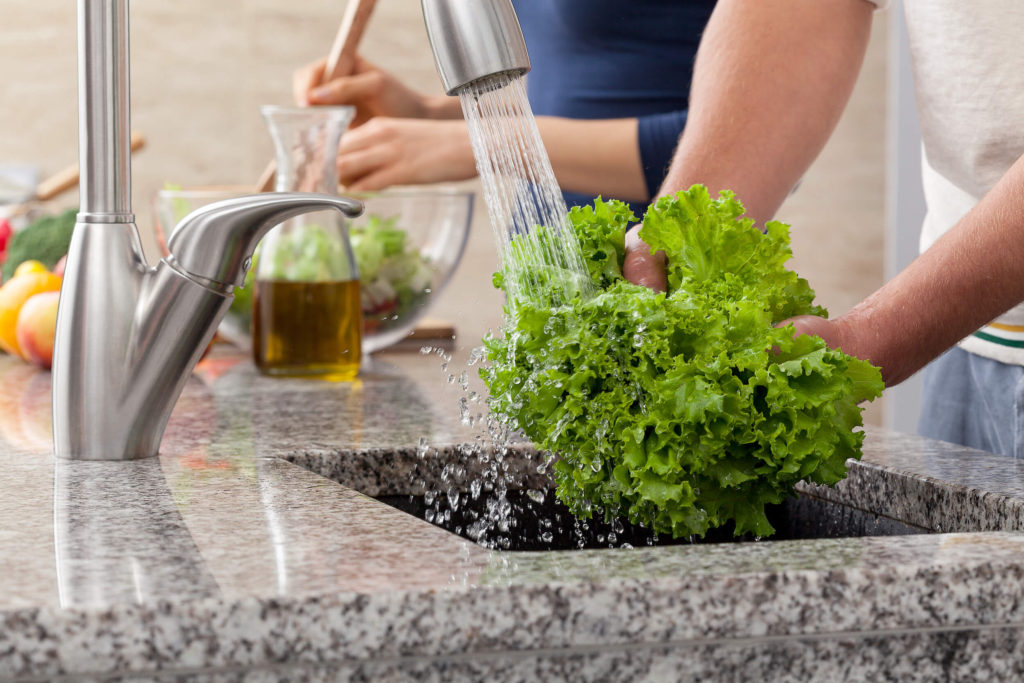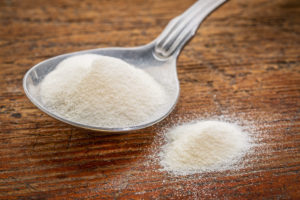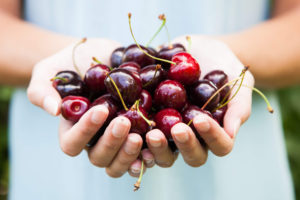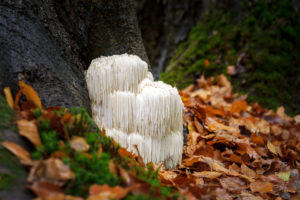There are several types of lettuce in the world, but gourmet lettuces are some of the most sought after. For those who love fresh, healthy food and want to try something new, here is an overview of some excellent varieties that you’ll find at your local grocery store or farmer’s market.
Let’s spice up your lettuce game!
ARUGULA
Arugula has a peppery taste. The leaves have a delicate flavor and are used often in salads, sandwiches, as an accompaniment to other foods like pizza. It is also sometimes called “rocket.”
Growing
Plant arugula seeds as soon as the soil can be worked.
For lettuce varieties with a long germination period, start indoors four weeks before the last frost date for your area. Keep it in an unheated cold frame or another warm place till seedlings are ready to transplant outside.
Arugula needs well-drained soil and plenty of sun. Plant it in rows about 12 inches apart.
You can harvest arugula as soon as the plants grow to six inches high, or let them go for a couple of weeks and have leaves that are bigger and tastier.
LOVAGE
This lettuce has a mild flavor and is often used as an ingredient in dishes like salad or soup. Lovage lettuce’s leaves are shaped differently than other lettuce varieties, with long, pointed leaves that have wavy edges on the leaf stems.
Growing
Lovage can be grown as a cool-season crop.
You should plant lovage seeds in the early spring and harvest when leaves are about six inches long. If you want to have lettuce for later use, plant them around Labor Day or mid-September (depending on your planting zone). Lovage needs moist soil and a lot of sun.

BUTTERHEAD
Butter lettuce can be a refreshing addition to any salad or sandwich. It has an incredibly smooth (buttery) taste that makes it one of the most sought-after types in recent years, and its delicate flavor pairs well with almost anything!
Growing
Butter lettuce can be grown in the ground, or you can try planting it in a container garden. It’s best to start butter lettuce seeds indoors and transplant them outside once they are sufficiently large enough (about six weeks). Butter lettuce will grow well even with less sunlight than other lettuces because of its tolerance for cool climates.
FRISEE
The Frisée lettuce is a popular lettuce variety that has been grown in France for centuries. The lettuce grows small and pointy leaves with an elongated shape, growing to about six inches long as it matures. It is one of the most delicate lettuces available on the market today, making it perfect for salads or garnishes. a bunch of frisee lettuce can be as expensive as $15 or more.
Growing
This lettuce variety needs to grow in hotter climates with less rain than other varieties. Plant seeds directly into garden soil that has been amended with compost for best results. Expect to harvest in two to three months.
BABY SPINACH
Baby spinach has an extremely high nutrient content. The deep green color comes from chlorophyll which helps aid digestion and provides various vitamins such as A, Bs, Cs, D & E. Spinach also contains calcium and iron when eaten raw or steamed.
However, spinach is often grown in soils contaminated with lead and arsenic which can be transferred to the plant’s leaves when it is eaten raw. It is best to consume this lettuce only after cooking or steaming because boiling will remove most of these contaminants; however, some may remain in boiled water if not drained properly or eaten in large quantities.
Baby spinach lettuce comes from the same plant as mature spinach, but at a much earlier stage of growth before it becomes too tough and fibrous.
Growing
Spinach is a cool-weather crop that does not tolerate heat or frost well. It requires fertile, wet soil and full sun to grow successfully. Plant seeds about 18 inches apart in rows 24 inches apart. The seedlings will be ready for harvest when they are 12 to 15 inches tall (between 30 and 60 days).
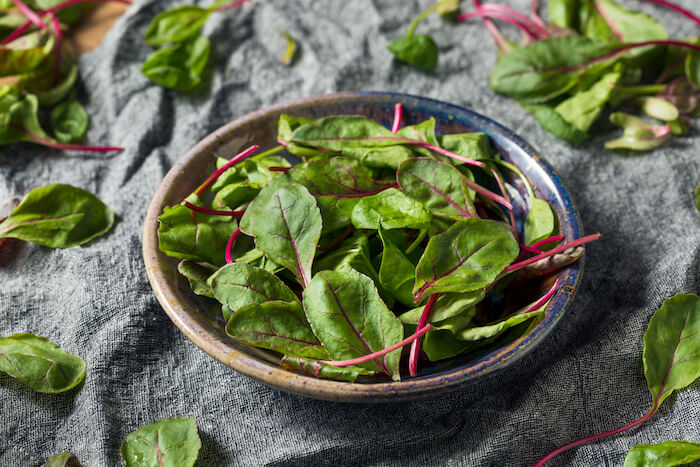
BABY BEET GREENS
Baby beet greens are delicate enough to use in a salad. You can recognize them by their distinctive magenta veins.
Growing
The leaves of baby beet greens are too small to make it worthwhile for home gardeners to grow them in their own gardens. You can buy baby lettuce seedlings from vendors at farmer’s markets and certain grocery stores, or you can sow the seeds directly into a bed that has been prepared with enriched soil for lettuce production. Plant six inches apart over the bed.
Use them raw on your sandwich instead of lettuce so you don’t get that dry lettuce flavor in every bite.
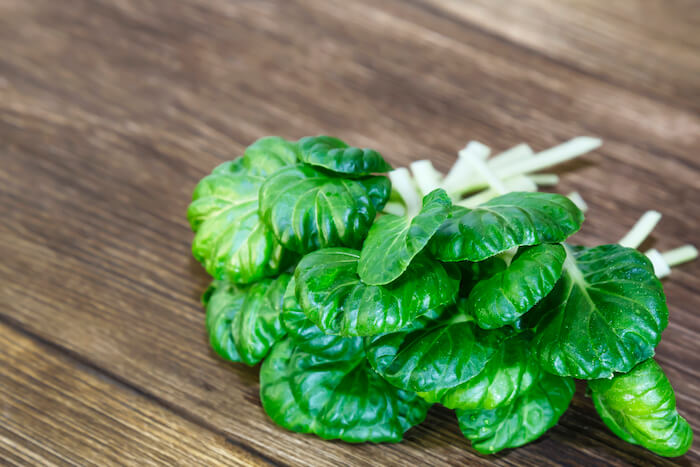
TATSOI
Tatsoi is used in Asian cuisine. Tatsoi translates to “leaves that look like a roly-poly bug”, which is fitting because tatsoi lettuce has round, convex leaves. It tastes slightly spicy and mustardy. Can be eaten raw or cooked in a stir-fry.
Growing
Tatsoi lettuce is a perennial in the northeast. It requires cool weather to thrive and can be grown from seeds or seedlings. Plant tatsoi lettuce on an east-facing area for optimal sun exposure, using soil amended with compost manure at a ratio of one part organic matter to two parts mineral soil.
It can grow up to 12 inches tall and takes about 60 days from seed before it’s ready for harvest.
MACHE
Mache lettuce is lettuce that has been cultivated in France for centuries and takes its name from the German word mäh, meaning “to chew.” It tastes like light butter lettuce. Mache lettuce can be eaten raw or cooked and is often used to make tarts with other ingredients such as apples, pears, cream cheese, and brie.
Growing
Mache lettuce is a cool-season crop that requires 60 to 70 days from planting the seeds until it’s ready for harvest. It can be grown in USDA zones seven through nine and does best when planted on raised beds with soil amended by compost manure at one part organic matter to two parts mineral soil, as well as a fertilizer high in nitrogen, phosphorus, and potassium.
GEM (LITTLE GEM)
Gem lettuce is a small, delicately tender lettuce that can be eaten raw in salads or cooked as part of a bouquet garni (a bundle of herbs used for flavoring stocks). It has the same flavor and texture whether it’s served raw or cooked. When choosing gem lettuce, look for heads with leaves about the size of a quarter and lettuce leaves that are bright green with no brown spots.
Growing
Gem lettuce is a cool-season crop that requires 60 to 70 days from planting the seeds until it’s ready for harvest. It can be grown in spring, summer, and fall. In warmer climates, it can be grown in early winter.
To conclude:
There are many different types of lettuce, and each one has a unique taste. If you’re looking for something new to try in your salad or enjoy on its own, be sure to explore all the varieties out there!
YOU MAY ALSO LIKE:
COLLAGEN PROTEIN BASICS: WHAT IS IT & WHY IS IT IMPORTANT?
COLLAGEN IS A STRUCTURAL PROTEIN There are various types of protein in the human body: signaling proteins, regulatory proteins, enzymes, motor…
WHAT ARE CHERRIES GOOD FOR?
Cherries are packed with healthy nutrients, minerals, vitamins, and antioxidants. Their low-calorie content makes them a perfect snack that you can…
TREATING PAIN WITH ACUPUNCTURE & E-STIM: EVERYTHING YOU NEED TO KNOW (PART 2)
In part 1 of this essay, you learned about acupuncture as a powerful pain-management therapy. Now let’s explore some techniques that…
THE BRAIN-BOOSTING POWERS OF LION’S MANE MUSHROOM
Among medicinal mushrooms, Lion’s Mane (Hericium erinaceus, in Latin) is one of the most beautiful: its inspiring cascade of furry-white filaments…
AT-HOME REMEDIES THAT WILL HELP RELIEVE BACK PAIN FAST
Dr. Brent Wells, D.C. Regardless of your age, low back pain will affect approximately 80 percent of the adult population at…
WISDOM & COMPASSION: THE TWO “WINGS” OF YOGA PRACTICE
By Elizabeth Reninger In the same way that a bird requires two wings in order to fly, a human being requires…

